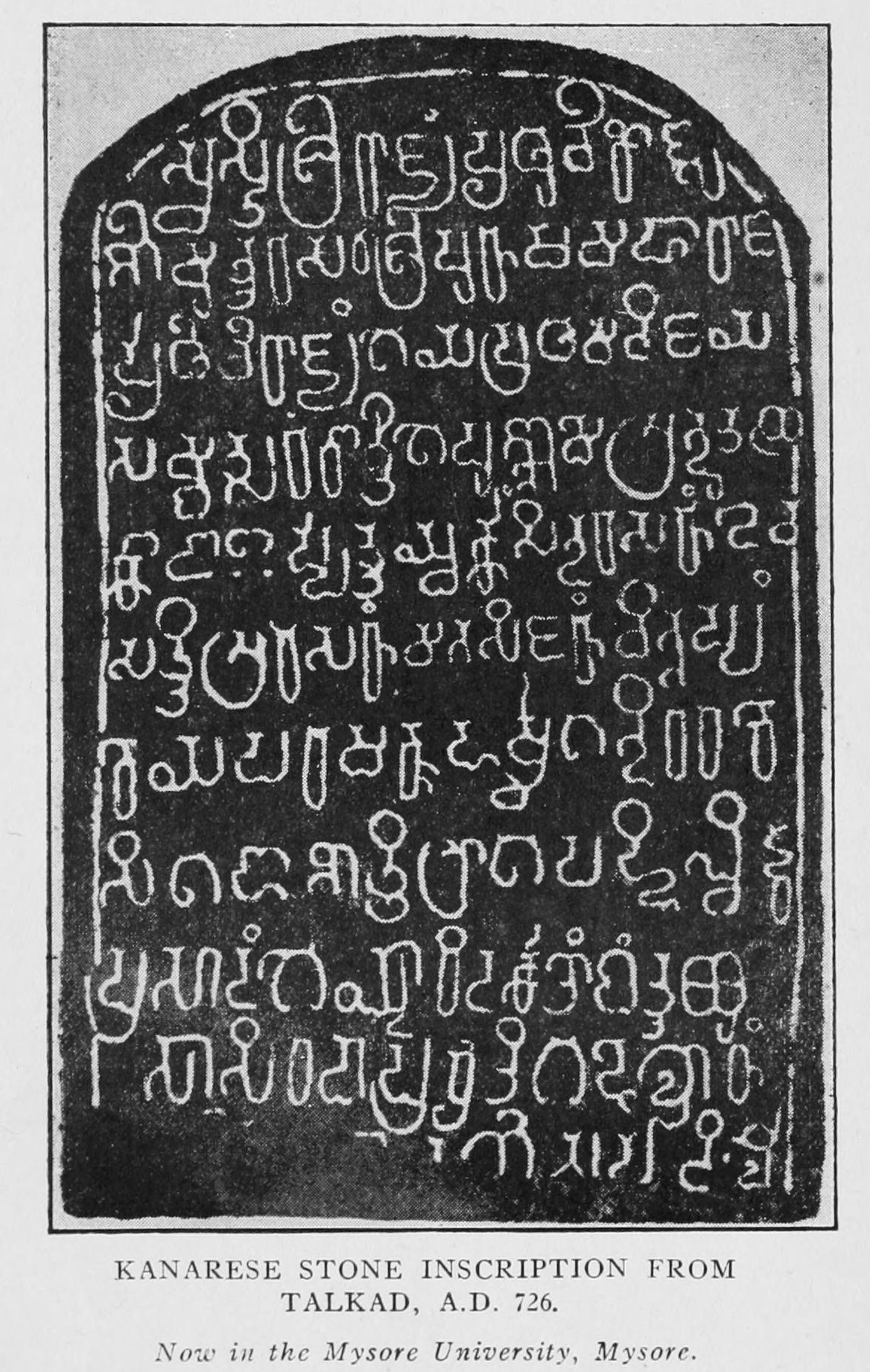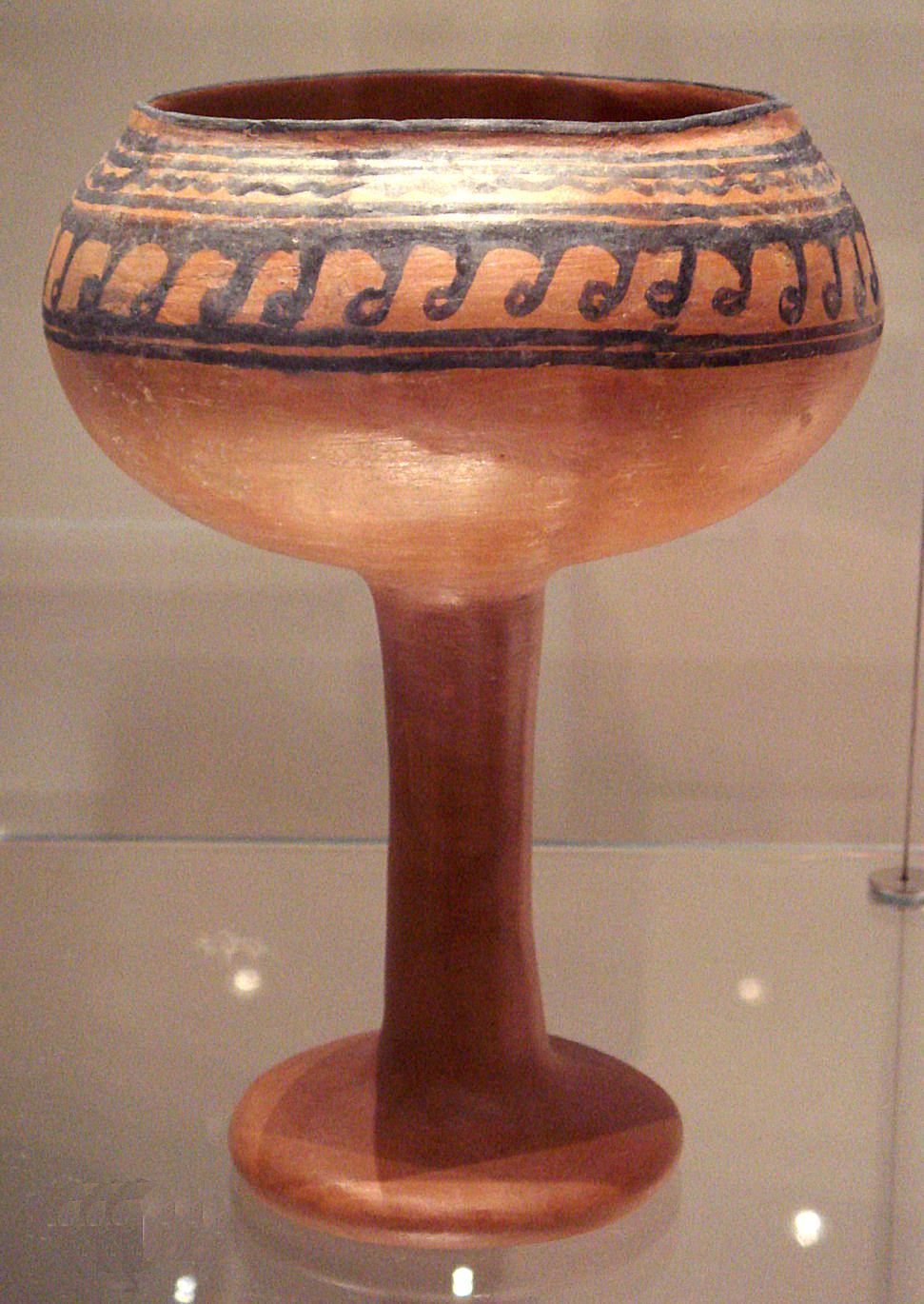|
Vinayaditya Of Podana
Vinayaditya (r. c. 750-775 CE) alias Yuddhamalla I, was an Indian ruler from the Vemulavada Chalukya dynasty. He was most probably a vassal of the Rashtrakuta king Dantidurga, and his capital was likely located at Podana (modern Bodhan); his successors moved the capital to Vemulavada. Rule over Sapadalaksha A Vemulavada inscription states that Vinayaditya ruled over the Sapadalaksha country, which could not be governed by others. The Sanskrit term "Sapadalaksha" (or "Savalakhkhe" in vernacular, literally "125,000 illages or revenue units) has been used to describe several distinct regions in the early medieval Indian records, including the Sapadalaksha area in present-day Rajasthan. Some scholars, including Kolluru Suryanarayana and N Venkataramanayya identify the Sapadalaksha of the Vemulavada inscription with the Sapadalaksha of present-day Rajasthan. According to this theory, Vinayaditya probably accompanied his overlord Dantidurga during the Rashtrakuta campaigns a ... [...More Info...] [...Related Items...] OR: [Wikipedia] [Google] [Baidu] |
Chalukyas Of Vemulavada
The Chalukyas of Vemulavada were an Indian dynasty that ruled in and around the present-day Telangana between 7th and 10th centuries. Their capital was located at Vemulavada, and they were vassals of the Rashtrakutas. History The 966 CE Parabhani copper-plate inscription of king Arikesari III of Vemulavada claims that his dynasty descended from the Chalukyas of solar dynasty. Not much is known about the early rulers of the dynasty. The Kollapur copper-plate inscription attributes several military victories to Vinayaditya alias Yuddhamalla I (not to be confused with the Badami Chalukya king Vinayaditya, also titled Yuddhamalla). These victories amount to the subjugation of almost the entire Indian subcontinent, and therefore, appear to be gross exaggerations. It is possible that Vinayaditya was a feudatory of a powerful king, and participated in this king's military campaigns. This king could have been the Rashtrakuta ruler Dantidurga, who was a contemporary of Vi ... [...More Info...] [...Related Items...] OR: [Wikipedia] [Google] [Baidu] |
Arikesari I
Arikesari I (r. c. 775–800 CE) was an Indian ruler from the Vemulavada Chalukya dynasty. He was a vassal of the Rashtrakuta king Dhruva Dharavarsha and appears to have helped his overlord subjugate the Vengi Chalukya ruler Vishnuvardhana IV. Reign Arikesari was a son of his predecessor Vinayaditya; he had a brother named Biragriha. The records of Arikesari's successors state that he conquered the kingdoms of Vengi and Trikalinga during the reign of his overlord Nirupama-deva, who can be identified as the Rashtrakuta king Dhruva Dharavarsha. Dhruva had ascended the throne after a war of succession against his brother Govinda II, who had been supported by the Vengi Chalukya king Vishnuvardhana IV. It appears that after consolidating his power, Dhruva sent an army led by Arikesari to chastise Vishnuvardhana, whose territories included Vengi and Trikalinga. Vishnuvardhana later negotiated peace, and married his daughter Shila-mahadevi to Dhruva. It was probably Arikesari, ... [...More Info...] [...Related Items...] OR: [Wikipedia] [Google] [Baidu] |
Pallava
The Pallava dynasty existed from 275 CE to 897 CE, ruling a significant portion of the Deccan, also known as Tondaimandalam. The dynasty rose to prominence after the downfall of the Satavahana dynasty, with whom they had formerly served as feudatories. The Pallavas became a major South Indian power during the reign of Mahendravarman I (600–630 CE) and Narasimhavarman I (630–668 CE), and dominated the southern Andhra Region and the northern parts of the Tamil region for about 600 years, until the end of the 9th century. Throughout their reign, they remained in constant conflict with both the Chalukyas of Badami in the north, and the Tamil kingdoms of Chola and Pandyas in the south. The Pallavas were finally defeated by the Chola ruler Aditya I in the 9th century CE. The Pallavas are most noted for their patronage of Hindu temple architecture, the finest example being the Shore Temple, a UNESCO World Heritage Site in Mamallapuram. Kancheepuram served as the capital ... [...More Info...] [...Related Items...] OR: [Wikipedia] [Google] [Baidu] |
Western Ganga Dynasty
Western Ganga was an important ruling dynasty of ancient Karnataka in India which lasted from about 350 to 1000 CE. They are known as "Western Gangas" to distinguish them from the Eastern Ganga Dynasty, Eastern Gangas who in later centuries ruled over Kalinga (historical region), Kalinga (modern Odisha and Northern Andhra Pradesh). The general belief is that the Western Gangas began their rule during a time when multiple native clans asserted their freedom due to the weakening of the Pallava empire in South India, a geo-political event sometimes attributed to the southern conquests of Samudra Gupta. The Western Ganga sovereignty lasted from about 350 to 550 CE, initially ruling from Kolar and later, moving their capital to Talakadu on the banks of the Kaveri River in modern Mysore district. After the rise of the imperial Chalukya dynasty, Chalukyas of Badami, the Gangas accepted Chalukya overlordship and fought for the cause of their overlords against the Pallavas of Kanchi. ... [...More Info...] [...Related Items...] OR: [Wikipedia] [Google] [Baidu] |
Kalinga (historical Region)
Kalinga (Sanskrit: ), is a historical region of India. It is generally defined as the eastern coastal region between the Mahanadi and the Godavari rivers, although its boundaries have fluctuated with the territory of its rulers. The core territory of Kalinga now encompasses a large part of Odisha and northeastern part of Andhra Pradesh. At its widest extent, the Kalinga region also included parts of present-day Chhattisgarh, extending up to Amarkantak in the west. The Kalingas have been mentioned as a major tribe in the legendary text ''Mahabharata''. In the 3rd century BCE, the region came under Mauryan control as a result of the Kalinga War. It was subsequently ruled by several regional dynasties whose rulers bore the title ''Kalingādhipati'' ("Lord of Kalinga"); these dynasties included Mahameghavahana, Vasishtha, Mathara, Pitrbhakta, Shailodbhava, Somavamshi, and Eastern Ganga. The medieval era rulers to rule over the Kalinga region were the Suryavamsa Gajapatis, Bhoi ... [...More Info...] [...Related Items...] OR: [Wikipedia] [Google] [Baidu] |
Malava
Malwa is a historical region of west-central India occupying a plateau of volcanic origin. Geologically, the Malwa Plateau generally refers to the volcanic upland north of the Vindhya Range. Politically and administratively, it is also synonymous with the former state of Madhya Bharat which was later merged with Madhya Pradesh. At present the historical Malwa region includes districts of western Madhya Pradesh and parts of south-eastern Rajasthan. Sometimes the definition of Malwa is extended to include the Nimar region south of the Vindhyas. The Malwa region had been a separate political unit from the time of the ancient Malava Kingdom. It has been ruled by several kingdoms and dynasties, including the Avanti Kingdom, The Mauryans, the Malavas, the Guptas, the Paramaras, the Delhi Sultanate, the Malwa sultans, the Mughals and the Marathas. Malwa continued to be an administrative division until 1947, when the Malwa Agency of British India was merged into Madhya Bh ... [...More Info...] [...Related Items...] OR: [Wikipedia] [Google] [Baidu] |
Magadha
Magadha was a region and one of the sixteen sa, script=Latn, Mahajanapadas, label=none, lit=Great Kingdoms of the Second Urbanization (600–200 BCE) in what is now south Bihar (before expansion) at the eastern Ganges Plain. Magadha was ruled by Brihadratha dynasty, Pradyota dynasty (682–544 BCE), Haryanka dynasty (544–413 BCE), the Shaishunaga dynasty (413–345 BCE) and the Mauryan dynasty by the end of it. Villages had their own assemblies under their local chiefs called ''Gramakas''. Their administrations were divided into executive, judicial, and military functions. Magadha played an important role in the development of Jainism and Buddhism. It was succeeded by four of northern India's greatest empires, the Nanda Empire (c. 345–322 BCE), Maurya Empire (c. 322–185 BCE), Shunga Empire (c. 185–78 BCE) and Gupta Empire (c. 319–550 CE). The Pala Empire also ruled over Magadha and maintained a royal camp in Pataliputra. The Pithipatis of Bodh Gaya referred ... [...More Info...] [...Related Items...] OR: [Wikipedia] [Google] [Baidu] |
Kambojas
Kamboja ( sa, कम्बोज) was a kingdom of Iron Age India that spanned parts of South and Central Asia, frequently mentioned in Sanskrit and Pali literature. Eponymous with the kingdom name, the Kambojas were an Indo-Iranian people of the Kshatriya caste inhabiting the Kamboja Mahajanapada region, forming one of the sixteen nations that made up ancient India from the sixth to fourth centuries BCE during the second urbanisation period. Earlier, during the late Vedic age, the Kambojas had emerged as an important part of the Indo Aryan Vedic people with a prominent place among the Kshatriya tribes of the Mahabharata. While historical boundaries of the Kambojas are varied, scholarly accounts altogether place the northern and western borders in present-day Tajikistan and eastern Uzbekistan, with eastern borders in present-day Jammu and Kashmir, and southern borders in present-day Iran and southern Afghanistan. Etymology The name ''Kamboja'' may derive from '' ... [...More Info...] [...Related Items...] OR: [Wikipedia] [Google] [Baidu] |
Kashmira
Kasmira was a kingdom identified as the Kashmir Valley along the Jhelum River of modern Jammu and Kashmir. During the epic ages this was one among the territories of the Naga race. The Kasmiras were allies of the Kuru king Duryodhana. References in Mahabharata ''All references are listed as Mahabharata, Book number, Chapter Number. E.g.:- (6,9):- Mahabharata Book 6 Chapter 9'' Kasmira along with neighbouring kingdoms Kasmira is mentioned as a kingdom of ancient India (Bharata Varsha) along with the Sindhu, the Sauviras, the Gandharvas, the Darsakas, the Abhisaras, the Utulas, the Saivalas, the Valhikas, and the Darvis. Then again there are the Sudras, the Abhiras, the Dardas, the Kasmiras, and the Pattis (6,9). Kasmiras were mentioned along with the Pahlavas, the Daradas, and the various tribes of the Kiratas, Yavanas, Sakas, Harahunas, Chinas, Tukharas, Sindhavas, Jagudas, Ramathas, Mundas, the inhabitants of the kingdom of women, Tanganas, Kekayas, and the ... [...More Info...] [...Related Items...] OR: [Wikipedia] [Google] [Baidu] |
Yavana
The word Yona in Pali and the Prakrits, and the analogue Yavana in Sanskrit and Yavanar in Tamil, were words used in Ancient India to designate Greek speakers. "Yona" and "Yavana" are transliterations of the Greek word for " Ionians" ( grc, Ἴωνες < Ἰάoνες < *Ἰάϝoνες), who were probably the first Greeks to be known in the East. Both terms appear in ancient literature. ''Yavana'' appears, for instance, in the '''', while ''Yona'' appears in texts such as the n chronicle '' Mahavamsa''. The Yona are me ... [...More Info...] [...Related Items...] OR: [Wikipedia] [Google] [Baidu] |


.png)


